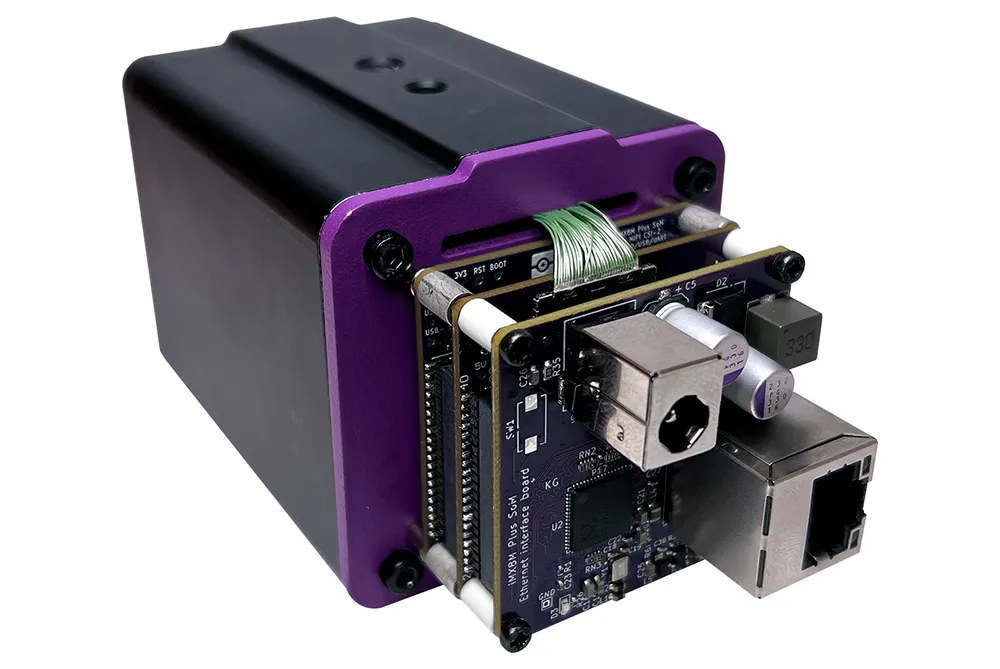UK-headquartered
TSS acted as the lead equipment supplier in a
consortium that was created specifically to tender for the Romanian
work.
The
CCTV-based Radar Autovision systems were all fitted by the UTI team into
locally manufactured
Radar Autovision is a compact, vehicle mounted, digital CCTV video system which supports simultaneous recording and playback and features a 30 second pre-record facility to ensure that critical events are not missed. It combines accurate speed measurement (by radar) with the recording of digital CCTV evidence of a target vehicle, through a powerful forward facing colour/infrared camera with 18x optical zoom and ruggedised digital video recorder, and can be used to equal effect in both static and mobile mode.
Significantly, Radar Autovision provides the facility to measure speeds from multiple lanes, of vehicles travelling both towards and away from the police vehicle and is a cost effective and efficient alternative to traditional mobile speed cameras.










